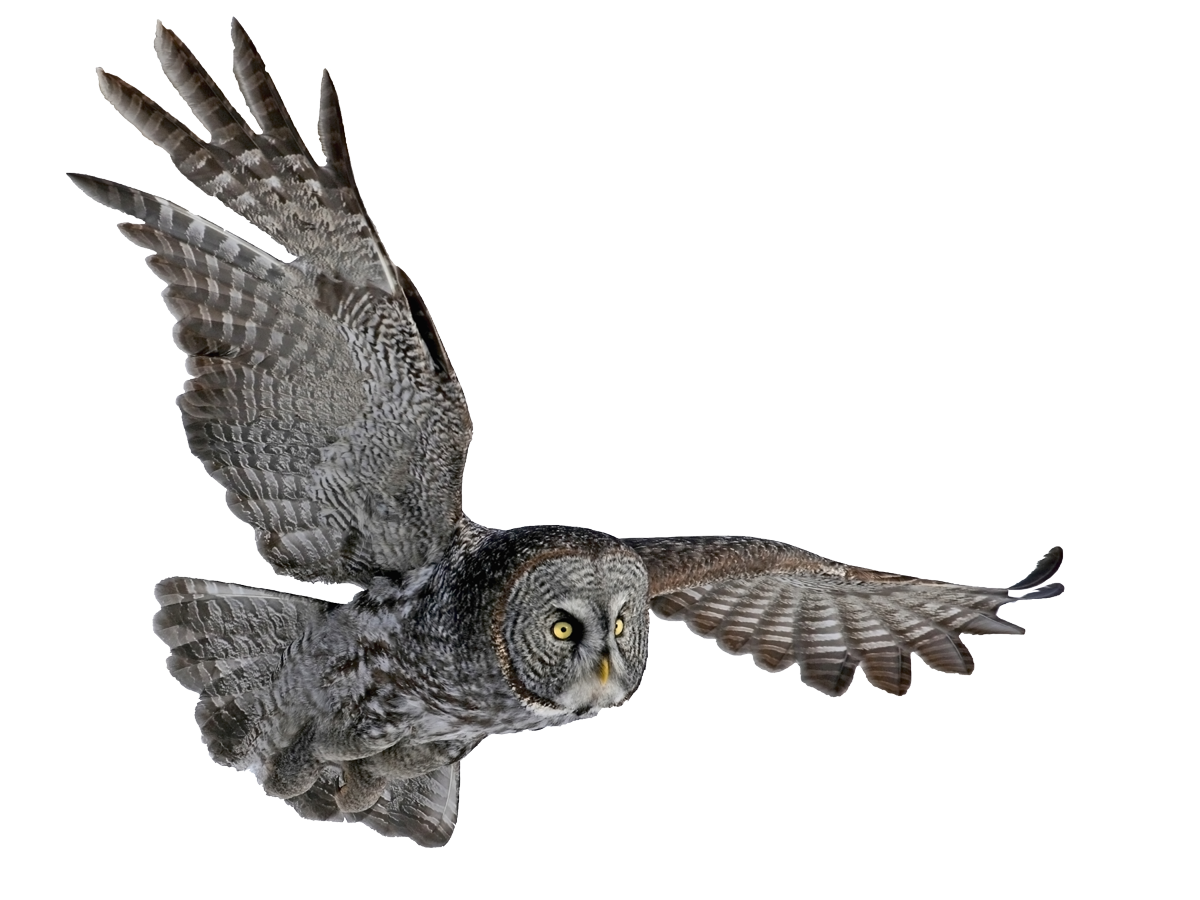Pest categories

House mouse
Common carpet beetle, fur beetle, museum beetle and larder beetle
Fleas
Clothes moth and case bearing clothes moth
Pharaoh ants
Black rat
Flies and houseflies
Gulls
Other pests of stored foodstuffs are beetles
Mediterranean Flour Moth, Indianmeal moth, cacao moth and Broad-barred knot-horn moth
Wood-damaging beetles
Meat flies
Domestic pigeon
Brown rat
Fruit flies (drosophila)
Ants
Cockroaches
Wasps
Bed bugs
Raven birds
Sparrows
Contact us
Gulls
Large or medium-sized bird. There are 8 species of gulls in Lithuania. They have long, pointed wings, a straight tail, a curved bill and webbed feet. It is often difficult to distinguish their species because the colour of the head feathers varies from season to season.
At the beginning of the last century, gulls were confined to the coastal areas, but some species have spread to areas further away from the sitting areas. The main attractions were places of waste accumulation and areas of intensified agriculture.
These birds are predators, feeding on rodents and insects. They are useful and beautiful birds that kill many agricultural pests. However, their damage and benefits are equivalent.
At the beginning of the last century, gulls were confined to the coastal areas, but some species have spread to areas further away from the sitting areas. The main attractions were places of waste accumulation and areas of intensified agriculture.
These birds are predators, feeding on rodents and insects. They are useful and beautiful birds that kill many agricultural pests. However, their damage and benefits are equivalent.
Why are they pests?
They pollute public places, cars, residential and commercial buildings with faeces, which emit a particularly unpleasant odour.
They can be very noisy and aggressive when trying to get food.
Sometimes the gulls damage garden goods or destroy the chicks of other birds that hatch in the gardens.
Seagulls are responsible for more than 50% of plane crashes involving birds.
They can be very noisy and aggressive when trying to get food.
Sometimes the gulls damage garden goods or destroy the chicks of other birds that hatch in the gardens.
Seagulls are responsible for more than 50% of plane crashes involving birds.
Which areas are relevant?
- Public health
- Land management and maintenance sector
- Food industry
- Shipping
- Logistics sector
What do they harm and who do they harm?
- To humans and their pets by spreading pathogens and other pests
- Faeces pose a risk to human health and property
- They create an uncomfortable environment
Key attributes
Gulls usually nest on the ground and live in colonies. Nests are made of seaweed, grasses, twigs and feathers.
They lay between 2 and 4 eggs, which can range in colour from brown to yellowish-green with a few darker spots. They have only one generation of hatchlings per year.
Adult gulls take little care of their young. The hatchlings are feathered and can already move and feed themselves.
Gulls feed on a variety of foods: fish, molluscs, mussels, food waste, dead animals, insects, earthworms, rodents and other bird chicks birds. They can often be seen feeding on fresh ploughs.
These birds like to live in communities, therefore, in winter and during the transition period, thousands of birds can flock to one place. It is common to find several species of gulls hatching together. Feeding grounds can be about 60 km away from sitting areas.
They lay between 2 and 4 eggs, which can range in colour from brown to yellowish-green with a few darker spots. They have only one generation of hatchlings per year.
Adult gulls take little care of their young. The hatchlings are feathered and can already move and feed themselves.
Gulls feed on a variety of foods: fish, molluscs, mussels, food waste, dead animals, insects, earthworms, rodents and other bird chicks birds. They can often be seen feeding on fresh ploughs.
These birds like to live in communities, therefore, in winter and during the transition period, thousands of birds can flock to one place. It is common to find several species of gulls hatching together. Feeding grounds can be about 60 km away from sitting areas.
PEST CONTROL involves the protection of human health, property and food resources from unwanted harmful organisms ⎯ pests.
Copyright


